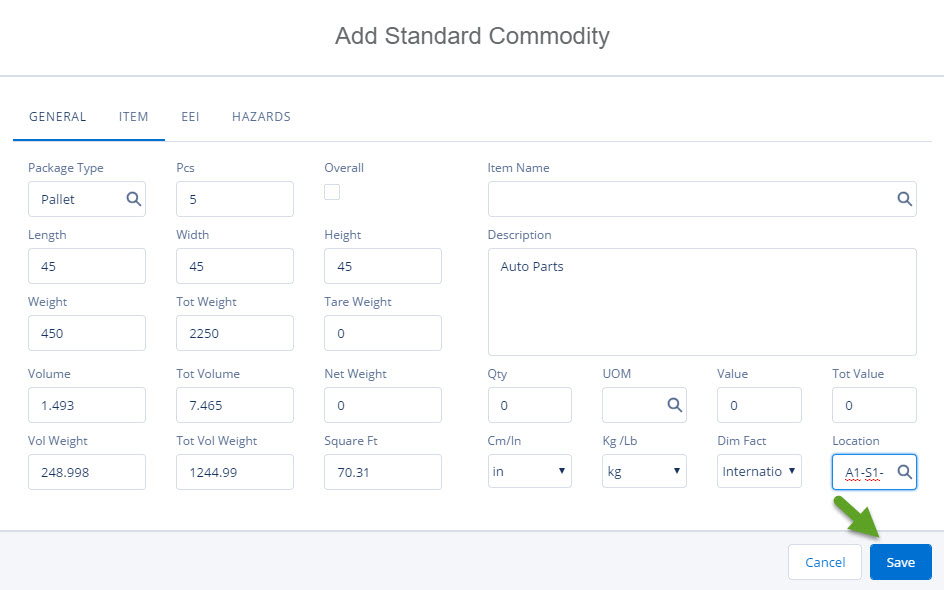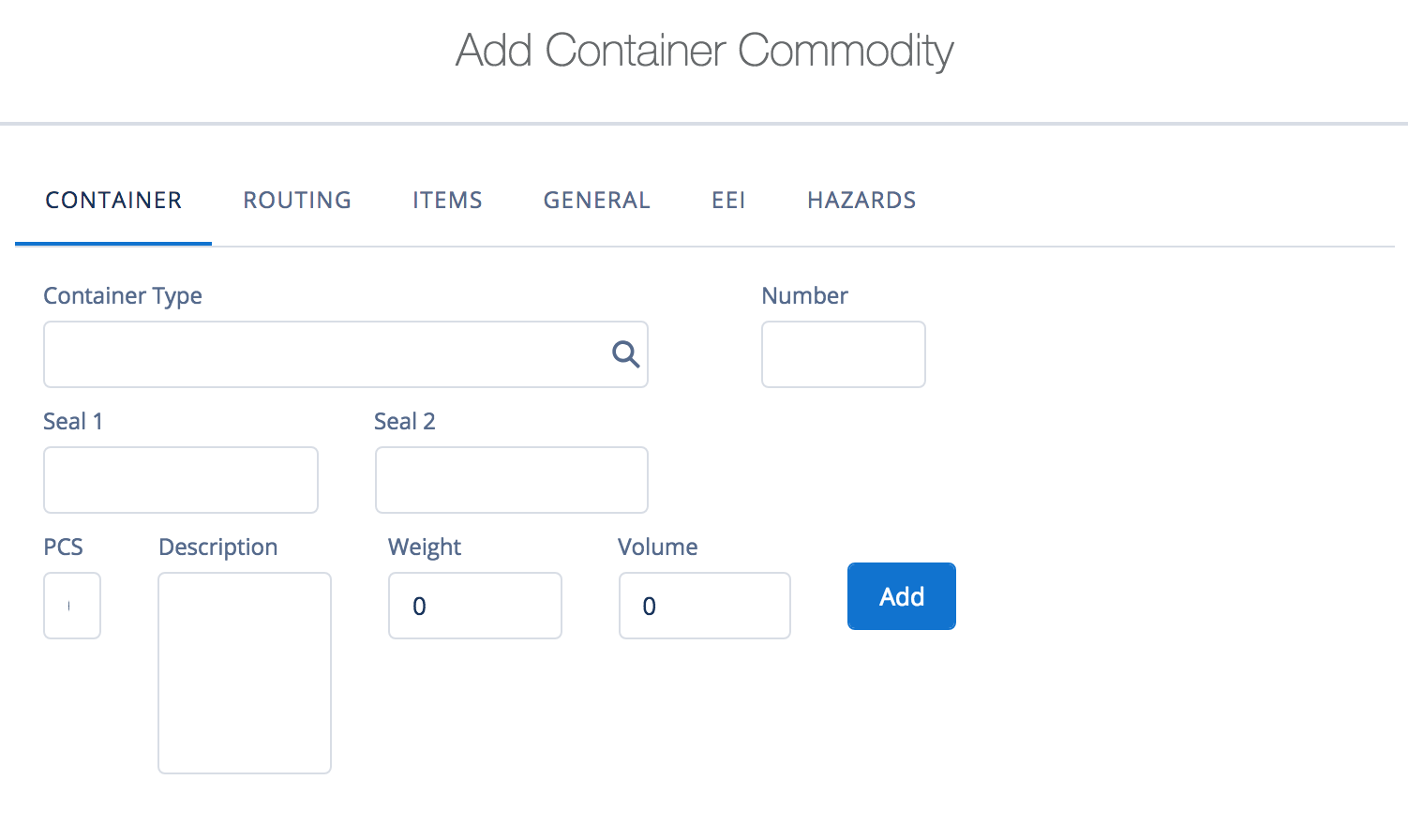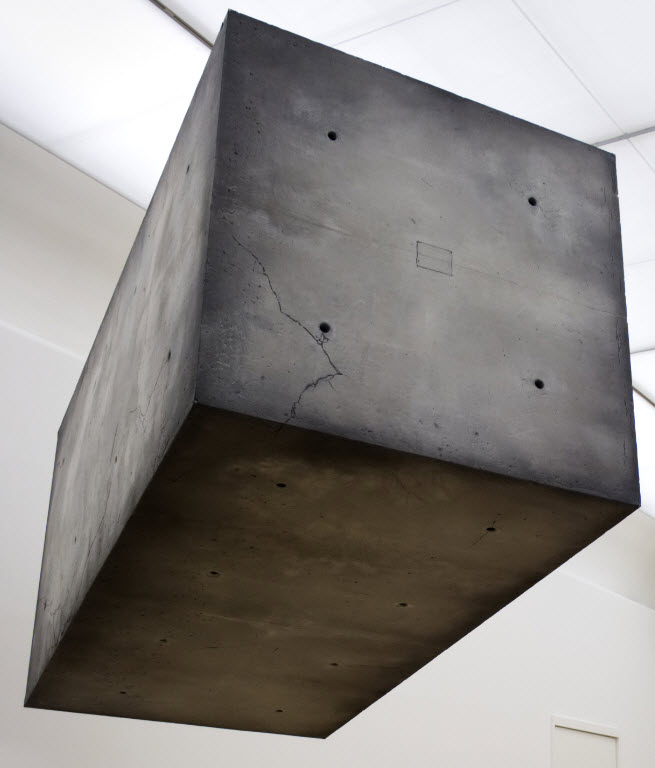How to calculate CBM
Enhance Your CBM and Freight Ton Calculations with Linbis Logistics Software – Your Partner in Efficient and Accurate Shipping Management!

CBM - WHAT IS CBM?
CBM CALCULATOR
Many transportation companies use CBM calculator. A tool that can be employed by logistics and 3PL servicing firms to calculate the volumes of packages to be shipped. While CBM is usually calculated in meters, any unit of measurement such and feet, centimeters and inches can be inserted in the calculator.
Once the measured distances are inserted, the shape of the package is also selected on the calculator. The value of the CBM is then computed based on the values and data input made on the calculator.
CBM calculators are available for a variety of devices and operating systems to make shipment computations less cumbersome for logistics companies.
Shipping Cube Calculator
CBM Shipping is the space equal to its volumetric weight measured cubic meter. However, most large items with low weights are charge with the amount of space they occupy in transport vehicles. Therefore, cubic meter measurement is the total cubic meters of space required to stow and transport packages. As a result, the exact CBM of a package or container would depend mainly on the shape of its individual units.
To calculate cbm there are multiple methods depending on various package type, such as:
- A cuboid
- An irregularly shaped package
- A cylindrical unit
- The entire shipment
How to use Cubic Meter Calculator for Cuboid
Step 1: Container Volume Calculator
- Take a measurement of the length, width, and height of the unit using a measuring stick. For instance, find each of the three distances and record them clearly and distinctively.
- Consequently, if the distances measured for each side of the cuboid are:
- 10cm, 8cm and 5cm for length, width and height respectively,
- Probably the steps below can be used to obtain its CBM before shipping.
Step 2: Inches to cbm
Each measured distance must be converted to meters if they were not initially taken in meters as CBM is in m3. Therefore, for small packages such as the one mentioned in the example above, measurements are usually taken in inches or centimeters. Depending on the initial units of measurements, some factors can be used to convert distances to meter.
To convert the unit of measurements to meter, each distance is to be divided by 100.
First of all, the length, 10cm/100=0.1m
Furthermore the width, 8cm/100=0.08m
Finally for the height, 5cm/100=0.05m
Step 3: Cubic Meter to Length Width Height
The length, width, and height of the unit (now in meter) would be multiplied together to get the CBM of the cuboid.
Since the cubic meter of a cuboid package = Length (m) x Width (m) x Height (m),
CBM = 0.1m x 0.08m x 0.05m
CBM =0.0004 m3
Step 4: How to use cubic meter calculator for Shipping
Record the value and note that it is the same as the volume of the unit. That is, for our example, a unit of the package would take up a space of 0.0004m3 during shipping.
CBM Calculator for a Cylindrical Unit
To obtain the CBM of a cylindrical unit, the following steps (quite different from those of a cuboid) can be followed:
Step 1: Volumetric Weight Calculator
Unlike with the cuboid, the height, and the radius of a cylindrical unit, has to be known before the calculation. The height and radius/diameter of the unit is first measured using a measuring stick and then recorded for further calculations.
Take note that either of the radius or diameter is needed to calculate the CBM for a cylindrical unit and not both of them. I.e., if one is measured, it is not necessary to measure the other. This is because its radius is simply half of its diameter while the diameter is twice its radius.
Also, as mentioned earlier, the Cubic Meter is a volumetric measurement. Hence, the formula for the derivation of the volume of a cylinder would be employed here.
As an example, if the cubic meter(CBM) of a cylindrical package with a measured height of 70 inches and a radius of 35 inches is to be calculated, the rest of the steps should be followed.
Step 2: Inches to Cubic Meter
As most packages are usually measured in units smaller than the meter, there is always a need to convert those units to meter before applying them in CBM calculator. The conversion factors depend on the initial unit of measurement.
In our example, to convert a measurement in inches to meters, the value is multiplied by the factor 0.0254.
First for the height, 70 inches x 0.0254 = 1.78m
Then for the radius, 35 inches x 0.0254 = 0.89m
Step 3: volumetric weight calculation formula
The converted values are then inserted into the formula for finding the volume of a cylinder.
I.e. CBM = r2H(m3)
But if the diameter was measured and is being used to calculate the cubic meter, then the equation
CBM = d24H(m3)
Where,
Π = pi, a constant with value a value of 3.142,
r = radius of the cylindrical unit (m),
H = height of the cylindrical unit (m),
d = diameter of the cylindrical unit (m) = r×2(m)
For our example, the equation to be used is CBM=πr2H
Inserting the values of each measurement in meter, we have
CBM = 3.142 x (0.89)2 x 1.78
= 4.43m3
Step 4: volumetric weight transportation
The value obtained in step 3 above should be recorded. It is the cubic meter of the cylindrical package in question and is equivalent to the volume it would occupy while it is being transported.
Cubic Meter Calculator for Irregularly Shaped Package
The dimensions of an irregularly shaped package such as a bale of clothes are not so easy to measure. Therefore it needs to be treated the way a rectangular or cylindrical package (depending on the regular shape it resembles) would be handled for its cubic meter to be calculated.
Step 1: How to Find Cubic Meters of a Box Irregular size
Since an irregularly shaped package has no consistent length nor width nor height, the longest of these three distances must be measured with a measuring stick or tape preferably. Each of the measured distances is recorded.
As an example, we shall calculate the CBM of a bale of used clothes to be transported. The longest, widest and highest distances measured on the bale were 7 feet, 4 feet, and 51/2 feet respectively.
Since an irregular shape has no particular formula for calculating its volume, a rather estimated volume would be calculated. For our example, formula for a cuboidal package would be used.
Step 2: Convert Cubic feet to Cubic Meter Calculator
The measured distances are converted to units of the meter using a factor. The factor to be used would depend on the initial units of measurement.
For our example, since the distances are measured in feet, a factor of 0.3048 would be used to multiply each distance to convert them to meters.
The longest distance, 7 feet x 0.3048 = 2.13m
Next the widest distance, 4 feet x 0.3048 = 1.22m
Finally the highest distance, 51/2 feet x 0.3048 = 1.68m
Step 3:
Depending on the shape most similar to the irregular shape, the measured distances are then inserted into the corresponding formula.
For our example, since our measured distances are very much in line with the distances required to calculate. The values (in meter) are inserted into the formula for calculating the cubic meter.
I.e. CBM (m3) = Length (m) x Width (m) x Height (m)
CBM (m3) = 2.13m x 1.22m x 1.68m
=4.37 Cubic meter
Step 4: Convert Volume Into Cubic Meters
The calculated measurement is recorded and taken as the estimated volume of the package. This estimated volume is the space the package is likely to occupy while it is being transported.
For our example, the bale of cloth will occupy an approximate volume of 4.37 CBM shipping. However, since this package has an irregular shape, a tolerance of 0.1 CBM should be given to the shipping space. As a result not to compress the package in a space quite smaller than its entire volume. Especially when some parts of it protrudes more than others.
CBM for the Entire Shipment
To calculate the CBM of a shipment that has more than one batch of packages. The following steps should be followed.
Step 1: How to Calculate Cubic Meter for Shipping Batch
If each batch contains a given number of packages with equal sizes and shapes, only one package should have its CBM calculated.
As a first example, given that a shipment contains three batches.
- Suppose the first batch contains 10 cylindrical packages of equal sizes.
- The second batch contains 12 cuboidal packages of equal sizes.
- And the third batch contains 9 irregularly shaped packages of equal sizes.
To calculate the total CBM of batch 1, only the CBM of one cylindrical package is to be measured and calculated. The same applies to other batches in the shipment.
However, if each batch is made up of packages of different sizes and shapes, the individual CBM of each package is to be calculated using any of the methods above.
As a second example, if a shipment contains three batches of which
- The first batch contains 5 cuboidal packages, 3 cylindrical packages, and 4 irregularly shaped packages,
- The second batch contains 7 cuboidal packages, 10 cylindrical packages, and 6 irregularly shaped packages, and
- The third batch contains 12 cuboidal packages, 7 cylindrical packages, and 2 irregularly shaped packages.
To calculate the CBM of each batch, the CBM of each package shape is first calculated.
Step 2: LTL Freight multiple packages
The CBM obtained for each package is multiplied by the number of its unit in each batch. Then is added to the CBM of other packages in the same batch where applicable.
For our first example, given that the cubic meter of each package is as calculated above i.e. 0.0004 CBM for a cuboidal package, 4.43 CBM for a cylindrical package and 4.37 CBM for an irregularly shaped package, the CBM of each batch can be calculated as shown below
- First Package: 4.43m3 x 10 = 44.3
- Second Package: 0.0004m3 x 12 = 0.0048
- Last Package 3: 4.37 (+ 0.1) m3 x 9 = 40.23
For our second example, given the same CBM for each shape, of each batch can be calculated as shown below
- First Batch: (0.0004m3 x 5) + (4.43m3 x 3) + (4.37(+ 0.1) m3 x 4) = 31.17
- Second Batch: (0.0004m3 x 7) + (4.43m3 x 10) + (4.37(+ 0.1) m3 x 6) = 71.12
- Third Batch: (0.0004m3 x 12) + (4.43m3 x 7) + (4.37(+ 0.1) m3 x 2) = 39.96
Step 3: How to Calculate CBM for LTL Shipment
To obtain the total cubic meter for the entire shipment, the measurement obtained for every batch in the shipment is summed up.
For the first example,
Total = 44.3m3 + 0.0048m3 + 40.23m3 = 84.54m3
For the second example,
Total = 31.17m3 + 71.12m3 + 39.96m3 = 142.25m3
Step 4: The total measurement of the shipment is recorded, and the entire work should be reviewed to make the space required to each batch to be transported. This type of shipment is calculate where ltl carrier that needs to fill an entire shipments. Then the information is recorder in the bill of lading form.
For our first example, a total space of 84.54m3 is required to transport the entire shipment while a total space of 142.25m3 is required to transport the second shipment.
CALCULATING FREIGHT TON AND CBM
Since most shipping companies charge their clients per freight ton or revenue ton, it is important to understand how freight ton is calculated.
While CBM measures the volume of a shipment, the ton is the measurement of its weight, i.e. 1 ton = 1000kg.
The freight rate of a package is determined by the CBM or freight ton measurement depending on which one has the highest value.
How to Calculate Freight Ton
For example, if a shipment is charged at $9 per freight ton and it has a weight of 3270kg, i.e. 3.27 tons; and a CBM of 2.44m3, its freight rate can be calculated as shown below:
2.44CBM x $9 = $21.96,
3.27 tons x $9 = $29.43.
Given that the freight rate is higher than the CBM rate, a freight rate of $29.43 would be charged for such shipment.
Optimize Your CBM Calculations with Linbis Logistics Software
In the logistics and freight forwarding industry, precise calculations for CBM (Cubic Meter) and freight ton are crucial for accurate billing and efficient space management. Linbis offers a comprehensive logistics software solution tailored to meet the demands of modern freight forwarders.
Here are some ways Linbis can elevate your shipping management experience:
Automated CBM Calculations: Say goodbye to manual calculations and human errors. With Linbis, you can automatically calculate the CBM of various package types including cuboids, cylindrical units, irregularly shaped packages, and entire shipments with ease and precision.
Real-Time Shipment Tracking: Stay updated on your shipments’ statuses in real-time, ensuring timely deliveries and satisfied customers.
Customizable Software: Adapt Linbis to your unique business needs. Whether you’re handling air, sea, or ground freight transports, Linbis is designed to streamline your operations.
Efficient Document Management: Generate and manage essential shipping documents like Air Waybills, Bills of Lading, Invoices, and more, all in one platform.
Seamless Communication: Send quotes, invoices, and other crucial documents directly to your clients via email through Linbis. Keep all stakeholders informed with automated notifications and updates.
Integrated Accounting: Simplify your invoicing and collection processes with Linbis’ integrated accounting interfaces.
Warehouse Management: Manage your inventory efficiently, track your cargo with barcode technology, and ensure accurate loading with our Warehouse Management System.
Data Sharing Between Branches/Agents: Enhance collaboration and data consistency across your organization with Linbis’ data sharing feature.
Start Your Free Trial Now: Experience the benefits of a full-fledged freight forwarding solution. Sign up for a free trial or book a demo to discover how Linbis can transform your logistics operations.
With Linbis, you not only get a tool to calculate CBM or freight tons but a comprehensive solution that covers all aspects of your freight forwarding business. Equip your business with Linbis, and propel your operations to new heights of efficiency and accuracy.



